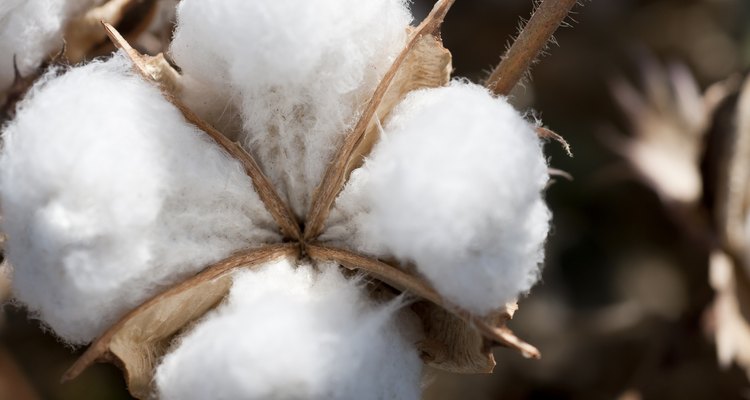
shippee/iStock/Getty Images
Cotton is arguably one of the most useful plants in the world. Cotton is used to produce clothing, pillows, furniture, sheets, curtains and just about anything that can be made from fabric. Cotton threads and yarns are the basis for sewing and needlework and a label that says 100% cotton means quality to many people.
History of Cotton
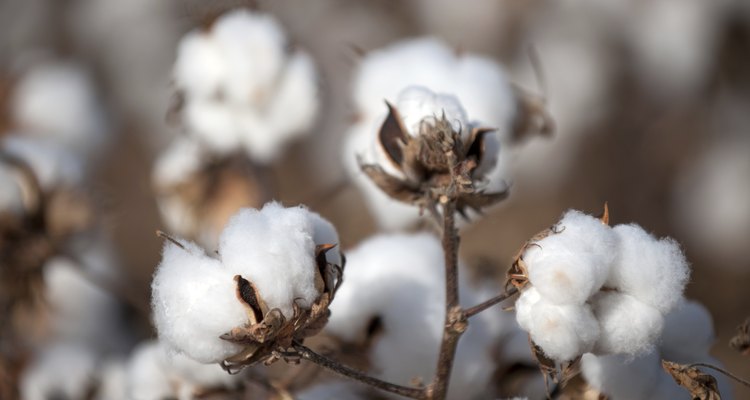
Natalia Bratslavsky/iStock/Getty Images
Cotton was believed to be used by ancient people in South America as early as 4000 to 3000 BC. It was also used in India in around 2500 BC, according to the History of Cotton website. Use of cotton began to spread worldwide and new ways of picking out the seeds and weaving the cotton into fabric were discovered. Cotton remained a luxury item in Europe for quite some time and then it became the base for the economy of the southern United States.
Egyptian Cotton
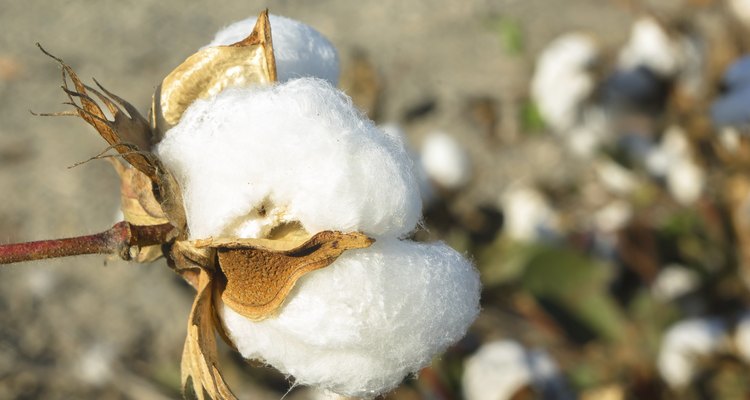
isidrosr/iStock/Getty Images
Egyptian cotton is known as a luxury cotton. Many cottons derived from the G. barbadense species are loosely referred to as "Egyptian" cotton in the U.S. Cotton was first introduced to Egypt at the end of the 19th century when seeds from the G. barbadense from Peru were sown in the Nile Valley. The Royal British School for Genetics later improved the strains with targeted selection and cross-fertilization, according to Swicofil AG Textile Services. So it can be said that true "Egyptian cotton" comes only from Egypt, where it is hand-picked and selected for its very long fibers. According to Egyptian Cotton Sheets, it is these extra-long fibers that give Egyptian cotton its softness and durability. Unlike other types of cotton, Egyptian cotton is said to actually get softer with use and washing.
Algodon Cotton
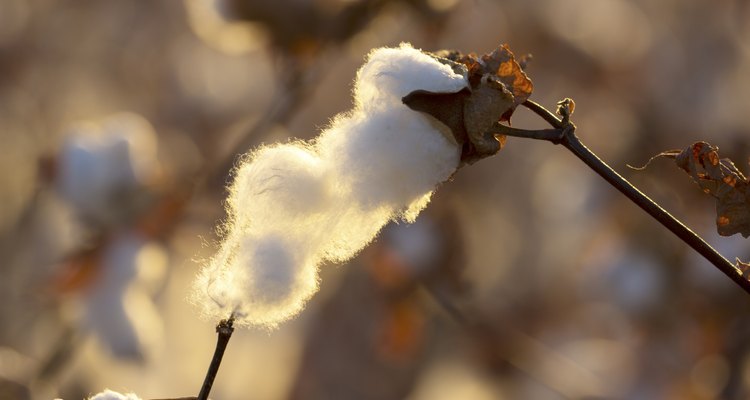
Adam_Sh/iStock/Getty Images
"Algodon" is the Spanish word for cotton. The G. barbadense species of cotton originated in Peru and was cultivated as early as 4200 BC. Algodon pais ("country cotton") is a variety of native cotton growing in northern Peru that comes in various natural shades, from white, tan, maroon, mauve to chocolate brown, according to the website perunaturetex. It produces cotton with long, thick fibers that are ideal for soft-spun yarns. It is the only cotton that produces a range of natural colors, which will not fade with washing or from exposure to sunlight. As the home of G. barbadense, Peru's main cotton exports are what is known as Pima cotton and Tanguis cotton.
Uses for Cotton
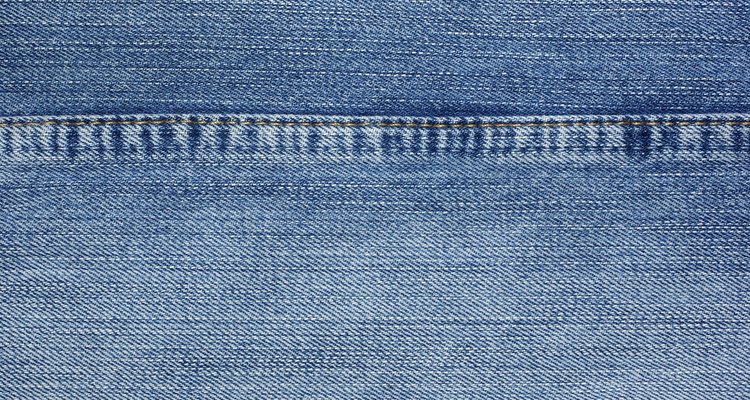
Roman Borodaev/iStock/Getty Images
Cotton has been used for centuries to make soft fabrics. Denim, terrycloth, chambray, seersucker and twill are all fabrics made from cotton. Yarn used for needlework and knitting is also cotton. Cotton is sometimes blended with other fabrics like polyester to make different kinds of fabrics. Besides fabric and yarn, cotton also plays a role in making tents, coffee filters and even paper. Absolute Astronomy also says that cottonseed, what is left from the processed cotton, is used for cottonseed oil and cottonseed meal that can be fed to livestock.
Other Information

Britta Jaschinski/Dorling Kindersley RF/Getty Images
According to Egyptian Cotton Sheets, the type of cotton purchased for sheets may not be as important as other details, such as the thread count and the fit of the sheets. The sheet count is a number that tells you how many threads are in a square inch of fabric. When buying sheets, look for a thread count of at least 200 or higher. A sheet with a 200 thread count will not be as soft as one with a 600 thread count. Of course, the higher the count, the more expensive the product.
Related Articles
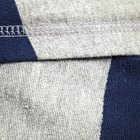
What Is French Terry Cloth?
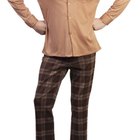
Characteristics of Polyester & Cotton

Why Cotton Is Used in Clothing
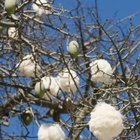
List of Plants Used for Clothing

Microfiber vs. Cotton Clothes
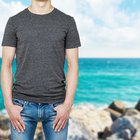
How Much of the World's Clothing Is ...

How to Keep Cotton Pants From Shrinking

Information About Cotton Fabric

What Is Cotton Plisse?

Properties of Cotton Fabric
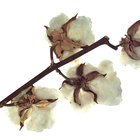
Uses of Cotton Fabric

Types of Cotton Fabric

The History of Bamboo Fabric

What Is Pinpoint Cotton?
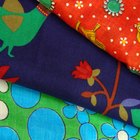
What Is Arnel Vintage Material Fabric?

What Is the Difference Between Acrylic ...
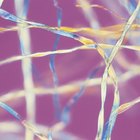
Advantages & Disadvantages of Natural ...
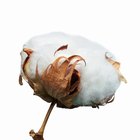
Ring Spun Cotton vs. Combed Cotton

Denim vs. Denim Blends
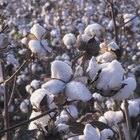
How Is Cotton Made?
References
Writer Bio
Mykal May has been writing professionally since 1992. She has published work in a number of print magazines including Brio and Pockets and for various Web sites. She has a Bachelor of Arts in writing and a Bachelor of Science in family relationships from Central Missouri State University.
Photo Credits
shippee/iStock/Getty Images